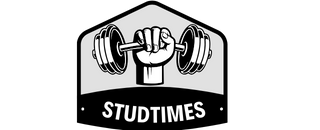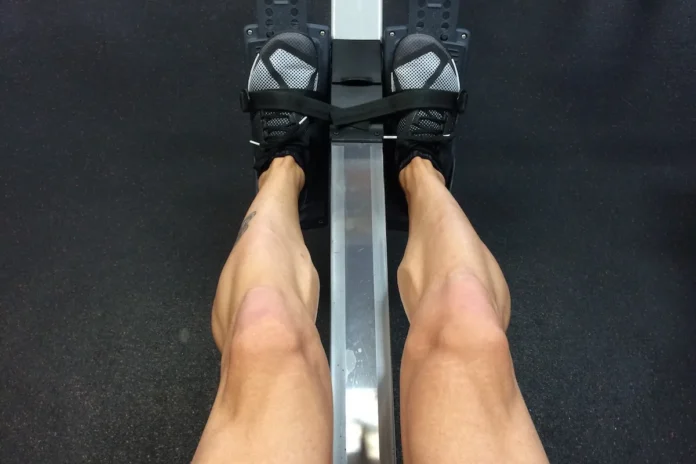The muscles in your legs are some of the biggest in the body. This also means that you need more resistance and effort to train them. That’s why your leg day workout can be so fatiguing.
CONTENTS
- What major muscles make up the legs?
- How often should you train your legs?
- Optimal number of exercises, sets, and reps
- The best leg day workout routine
- Tips for getting the best results
However, your leg day workout doesn’t have to be so tiring. There are various ways to make it a little more bearable, including choosing exercises you like and reducing volume (number of sets).
By learning how to manipulate these variables, you will not only make your leg training easier but also continue to build leg size and strength. Sounds too good to be true, right? Well, it’s not! Keep reading to learn what you need to make substantial leg gains and ensure your gym efforts produce results.
Related
- Why these methods of cooking are best when you want to retain nutrients
- Is walking backwards on a treadmill beneficial? What you need to know
- The best bicep exercises to build mass
What major muscles make up the legs?
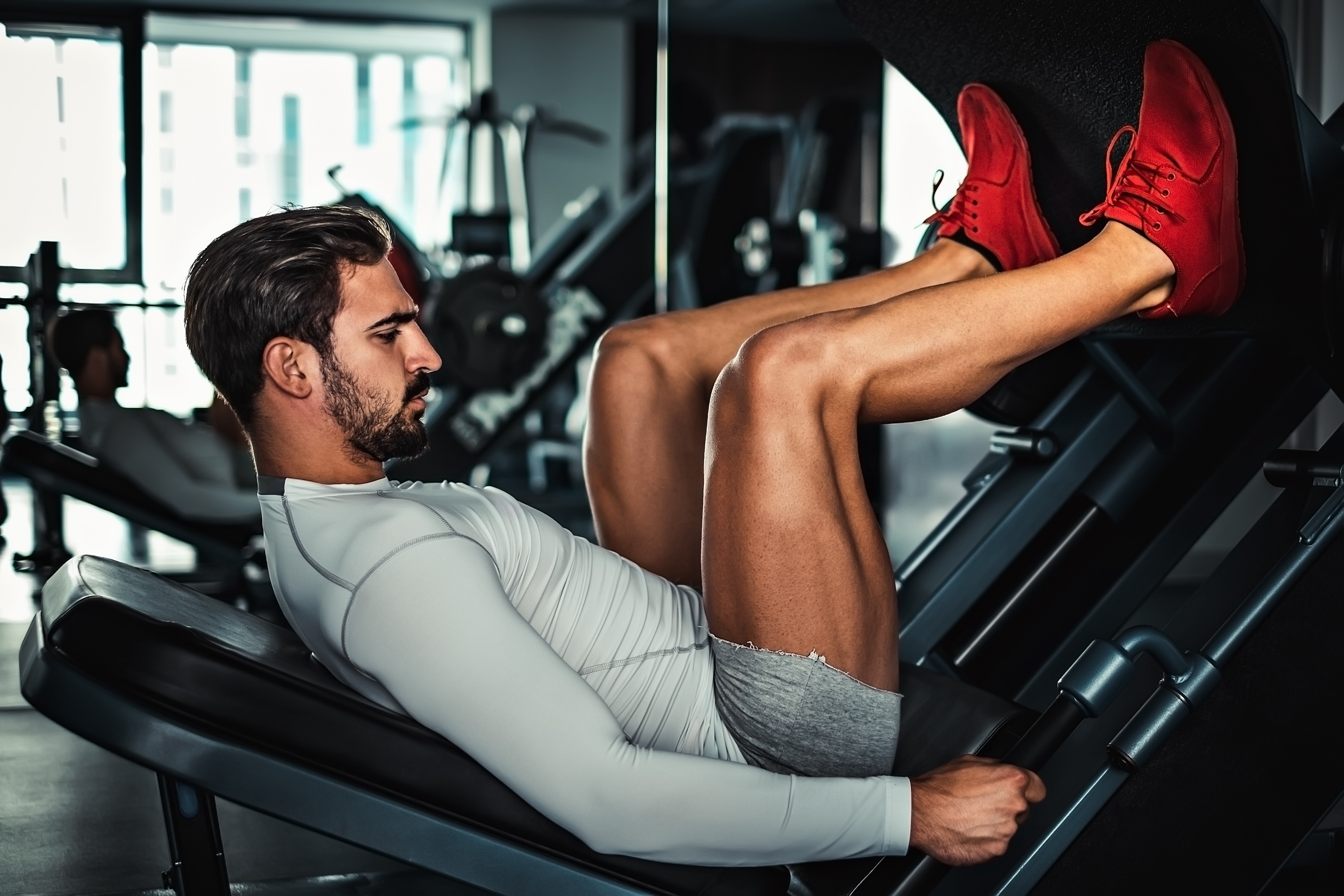
The legs are mainly composed of the glutes, quadriceps, hamstrings, and calves. Of course, there are other muscles in the legs, such as the abductors and adductors. However, the aforementioned are the biggest and most prominent.
Muscles do not work in isolation during resistance training, so even though you can perform exercises that target specific leg muscles, they have overlapping functions. For example, both the hamstrings and glutes aid in hip extension, while both the hamstrings and quads aid in knee flexion.
How often should you train your legs?
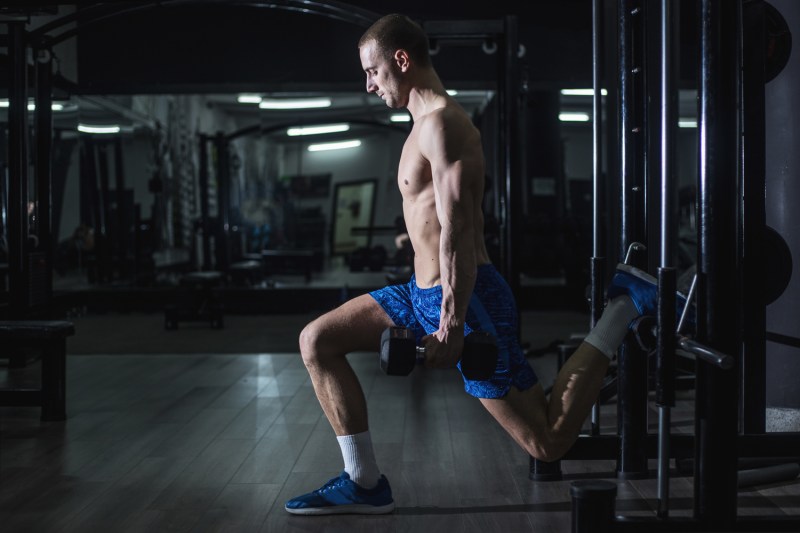
How often you should train any body part depends on various factors, including exercise intensity, volume (number of sets in a workout), recovery time, and personal preference.
Regardless of all these factors, most people will be fine training their legs two to three times per week. A study compared two groups of individuals — one group trained two times per week, and the other trained four times. At the end of the study, researchers found that training a muscle group twice was more beneficial for muscle and strength gain.
You should also consider the fact that your legs have many muscle groups, so you can divide your training days to focus on specific muscle groups in the legs. For example, you can have a glute-focused, quad-focused, or hamstring-focused leg day. Training like this allows you to pay attention to leg muscles that may be lacking.
Optimal number of exercises, sets, and reps

The optimal number of exercises, sets, and reps for a leg workout also depends on multiple factors.
How many reps should you do per set?
Different rep ranges work for muscle growth. High-rep (15 and above) and low-rep (six and fewer) work as long as they are taken close to muscular failure.
However, it is expedient to use weights that you can perform eight to 12 reps with (moderate load). If you use very light weight and your reps are too many, other factors like cardiovascular failure and general discomfort may cause tiredness before your legs get fatigued. This is detrimental because you should take your sets to or within proximity of muscular failure.
On the other hand, if you’re training for strength, it is advisable to even do fewer reps. Research supports that lower rep ranges (three to five) are beneficial for strength gain in the long run. Using this information, you can adjust your reps based on your fitness goals and personal preferences.
How many exercises and sets should you perform?
Again, this can depend on preferences. However, doing three to four sets of four different exercises is ideal for one workout. If you take all your sets to failure, you can even try only performing two sets because the sets are more intense.
To make things easier, we’ve detailed three sample leg day workouts to get a sculpted lower body below. You can simply model your leg workouts after this and make changes depending on how you feel as you go.
The best leg day workout routine
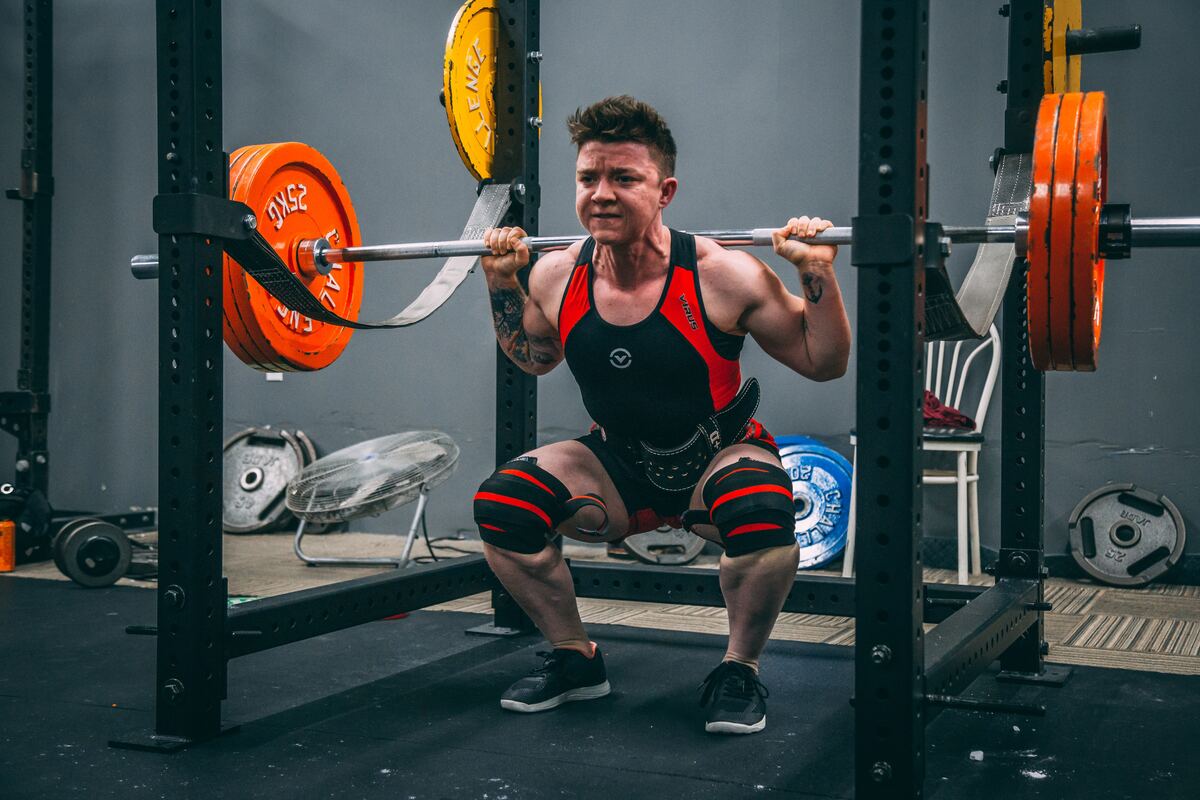
Each of these leg day workouts focuses on the glutes, quads, and hamstrings, respectively. But don’t worry, the exercises hit all the muscles in the legs and can help you achieve well-rounded growth.
You can also mix and match exercises based on your preferences and how you feel on particular days. Remember to prioritize not only effective exercises but also exercises you like because they help you stay consistent.
Day 1 – Glute-focused leg day
- Glute kickbacks: 3 sets x 12 reps
- Romanian deadlifts (RDLs): 3 sets x 8 – 15 reps
- Hip abductors: 4 sets x 8 reps
- Standing calf raises: 3 sets x 10 – 12 reps
Day 2 – Quad-focused leg day
- Leg extensions: 3 sets x 12 – 15 reps
- Heel-supported barbell squats: 3 sets x 10 reps
- Leg presses: 2 sets x 10 – 15 reps
- Walking lunges: 3 sets x 10 reps (per leg)
Day 3 – Hamstring-focused leg day
- Seated hamstring curls: 3 sets x 8 – 15 reps
- Stiff-legged deadlifts (SLDLs): 2 sets x 10 – 15 reps
- Lying hamstring curls: 3 sets x 8 – 15 reps
- Standing or seated calf raises: 4 sets x 12 reps
Tips for getting the best results

- Stay hydrated and breathe: Training legs can get very fatiguing, leaving you out of breath after almost every set. You want to drink a lot of water prior to training and also sip some while exercising. Remember to get some air, too! Take deep, slow breaths, as these help you to recover faster between sets.
- Don’t eat a meal just before you train: Many people report feeling nauseous if they eat right before training. This nauseous feeling can even be worse on leg day because it requires more effort and strength. So, if you’re hungry, it’s best to eat a light carb snack so that you still feel light while you train. Intra-workout carbs could also help if you’re training for a while.
- Always prioritize proper form: Of course, your lower back comes into play when you train your legs. Exercises that involve the deep core, like barbell squats, RDLs, and SLDLs, can cause lower back pain when not performed correctly. So, ensure that you use just enough weight so that you can lift with proper form. Don’t sacrifice form on the altar of ego.
- Warm up properly: There are a myriad of warmup options you can implement to make your leg day smooth. Dynamic stretching, light cardio, and warmup sets can go a long way.
Editors’ Recommendations
- Level up leg day with calf raises: Everything you need to know
- These are the best keto snacks when you’re on the go
- Add these 4 easy gluteus minimus exercises to your workout routine
- The best rear delt exercises: Add these to your fitness routine
- These are the best BCAA supplement brands to add to your fitness routine
